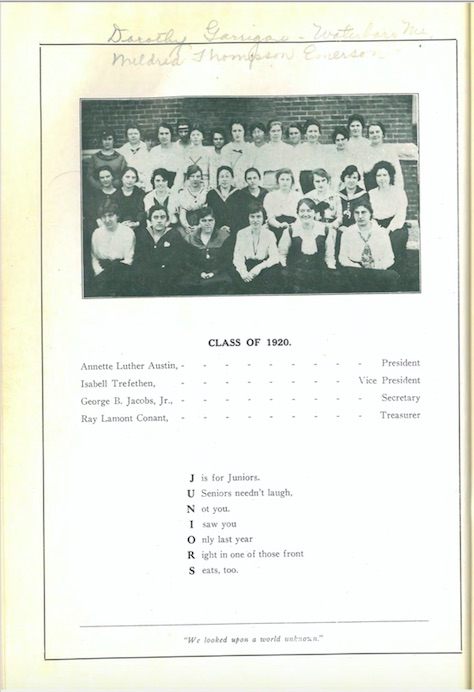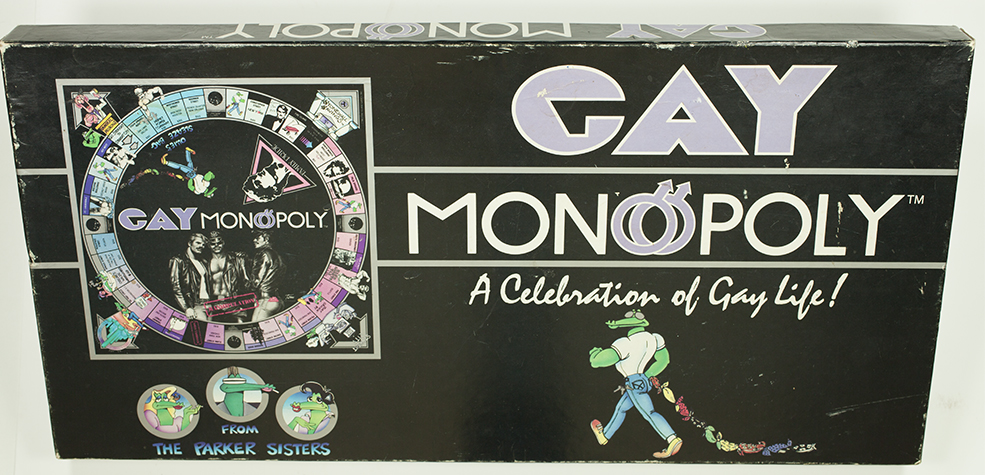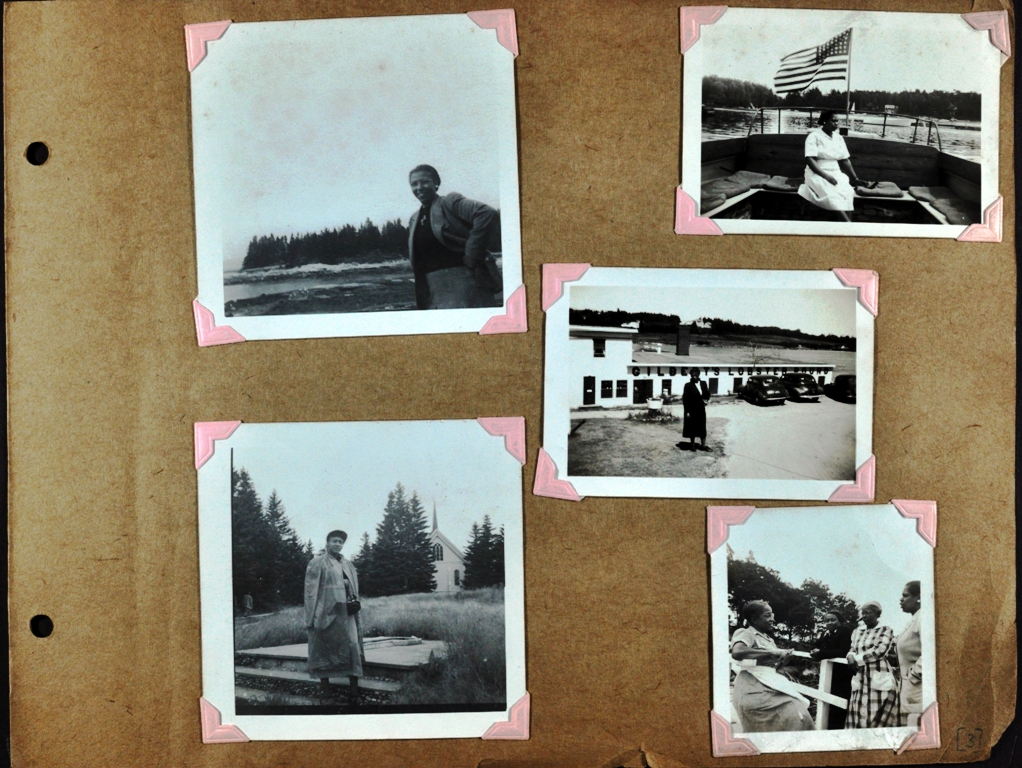Whether you’re doing a research project or looking to explore campus, you’ll want to check out the Special Collections at the USM libraries. But what exactly are these collections, and what makes them special? Susie Bock, the coordinator of Special Collections, shared some information about them and how the university community can use them.
What makes a resource ‘special’ enough to end up in the collections can be a variety of things. “Rare can mean there are only three of these in the world,” Bock explained. “Whereas a unique artifact may mean that there are 500 copies of a book in the world, but this particular book was owned by a certain person, and has annotations in the book that make it unique.”
And it’s not just books and manuscripts – Special Collections gathers rare artifacts too. Its collections range from VHS tapes of USM theater performances in the 1980s to a Greek dictionary from 1499. There’s even a special popup book collection.
So why collect all these rare and unique items? “We’re here to support the academic mission of the university. The way Special Collections does that, in particular, is by making primary material available for the university community and for professors to use in their classes to create active learning experiences,” said Bock.
The Special Collections are not to be missed by students, either. Whether writing a paper or doing a research project, it’s the perfect place to get primary sources. If you’re not sure where to start, you might explore these three meta-collections to narrow your search:
The General Rare Book and Manuscript Collection:
This collection contains rare books and papers of individuals or groups associated with the University of Southern Maine. Here you might find rare books about New England history, or a diary of a Maine nurse.
The University Archives:
This collection contains the records of the University of Southern Maine as well as its precursors (Gorham Normal School through the University of Maine in Gorham, Portland University, Portland Junior College, and the University of Maine in Portland; University of Maine, Portland – Gorham). Here’s a great place to access old yearbooks (dating back until 1919) and student newspapers.
The Jean Byers Sampson Center for Diversity in Maine:
This collection is dedicated to diversity and contains artifacts about the African American, Jewish, and LGBTQ+ communities. This is a great place to go for your women & gender studies class, or your African American history course. Check out this amazing African American Maine Photograph Album here.

After exploring the wonders of the Special Collections, Bock described her favorite artifact. Her answer? A Gay Monopoly set from the 1980s.
“It was created in California in the 1980s by the Parker Sisters. It is a monopoly set, but instead of famous streets and cities like Wall Street, these are the streets of famous gay districts in cities. The chance cards all have to do with gay culture,” she said. “What’s so interesting is if I bring the gay monopoly set out today and show it to young gay people, the images and the text is not their culture, because gay culture has changed so much. It’s very interesting.”
This monopoly set was donated to USM by Northern Lamda Nord, a social group that existed in Caribou, Maine for queer people to meet and socialize in a safe space. Yes, Caribou, Maine: the tiny town on the border of Canada that had a population of 9,916 when the group met in the 1980s. Who knew?

Want to get a look at the Gay Monopoly set for yourself? You can visit them either in person on the 6th floor of the Glickman Library or online through the USM library website. If you need help looking for materials, you can use the finding aids on the website that link to digital copies of the collection. If that’s too overwhelming, you can reach out directly to the Bock via email, or any of the other wonderful staff.

